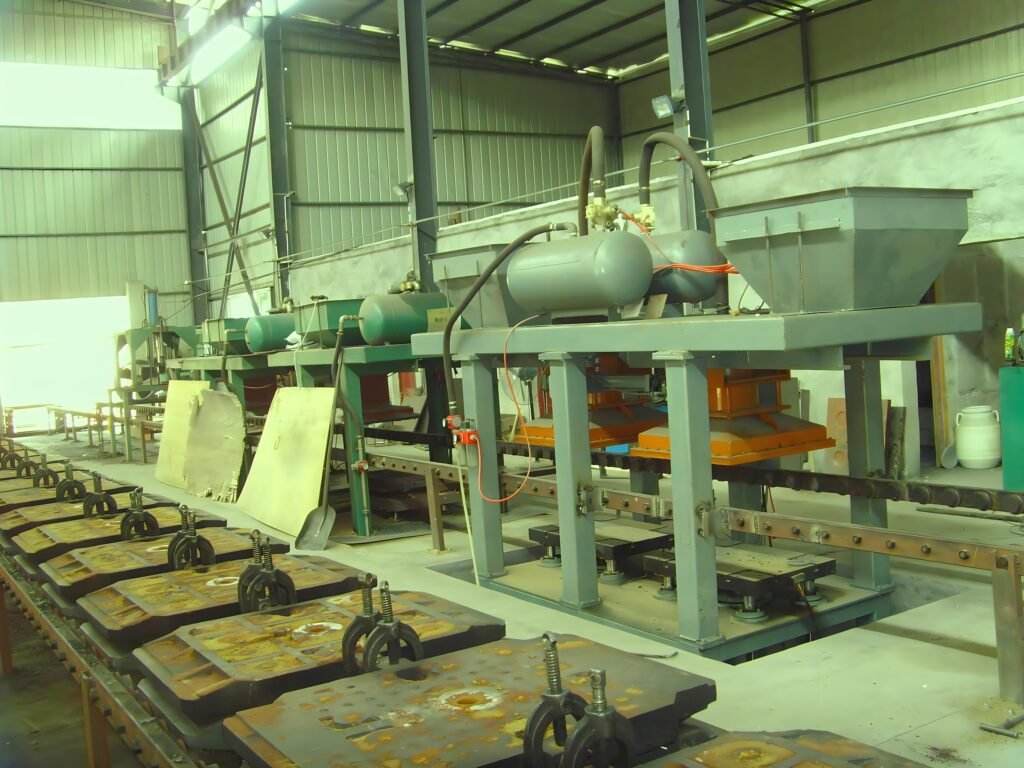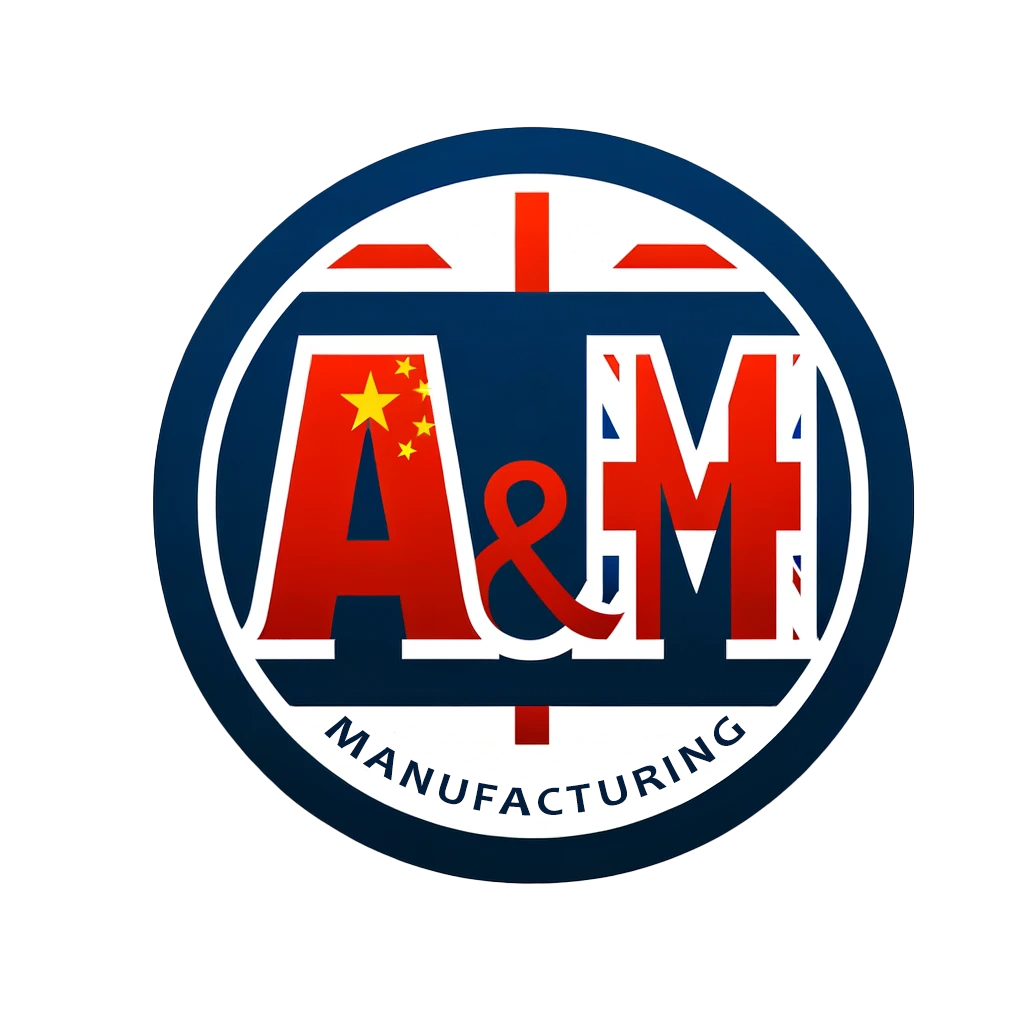Address
2 Porters Mews
Codicote, Hertfordshire SG4 8US
Send An Enquiry
info@manufacturingsolution.co.uk
Shell mould casting also known as shell moulding, is a precision metal casting technique that employs a resin-coated sand to form moulds, providing a high degree of accuracy, excellent surface finish, and intricate details for small to medium-sized castings.
This method stands out in the casting industry for its efficiency and the quality of the final product, making it a preferred choice for manufacturing components that require tight tolerances and minimal machining.
The distinctive feature of shell mould casting is the use of a heated metal pattern over which the resin-coated sand is applied. The heat from the pattern causes the resin to cure and bond, creating a thin, hard shell that accurately captures the pattern’s shape and surface texture. This process allows for the production of parts with complex geometries and superior surface finishes compared to traditional sand casting methods.
Shell mould casting is widely utilised in various industries, particularly where precision is key, such as in the automotive sector for producing engine parts, gear housings, and cylinder heads, as well as in the manufacturing of components for the aerospace and medical devices industries. Its ability to produce highly detailed and consistent castings makes it an ideal choice for applications where the integrity and performance of the parts are critical.
1. Pattern Creation
The process begins with the creation of a metal pattern, typically made from steel or aluminium. This pattern is designed to split along a parting line, similar to traditional sand casting patterns, but with much finer detail and tighter tolerances.
2. Heating the Pattern
The metal pattern is heated to a temperature of about 175-370°C (350-700°F) and then clamped to a dump box containing a resin-coated sand.
3. Mould Creation
The heated pattern is covered with the resin-coated sand, and the box is inverted to allow the sand to cover the pattern completely. The heat from the pattern causes the resin in the sand to partially cure, forming a thin, hard shell around the pattern. This shell is typically about 10-20 mm (0.39-0.79 inches) thick.
4. Mould Curing
After a short period, the shell mould is fully cured in an oven, solidifying the resin and creating a strong, durable mould.
5. Mould Assembly
Once cured, the shell mould is removed from the pattern and assembled with the other half of the mould if it’s a two-piece casting. The mould halves are secured together, ready for the metal pouring.
6. Pouring the Metal
Molten metal is poured into the preheated shell mould. Due to the high accuracy and smooth surface of the mould, the resulting casting requires little to no machining or finishing work.
7. Cooling and Shell Removal
After the metal has cooled and solidified, the shell mould is broken away from the casting. This step is usually done by vibrating the casting, as the shell is brittle and breaks easily.
8. Finishing
The final steps involve removing any remaining shell material, cutting off the gating system, and performing any necessary machining or finishing operations on the casting.
Shell mould casting, recognised for its precision and quality, brings several key advantages to the casting and foundry industry:
1. High Dimensional Accuracy
Shell mould casting offers exceptional dimensional accuracy compared to traditional sand casting methods. The precision of the process is attributed to the rigidity and stability of the resin-coated sand shell, which closely conforms to the original pattern’s dimensions. This accuracy is crucial for components that require tight tolerances and minimal post-casting machining.
2. Excellent Surface Finish
One of the most notable advantages of shell mould casting is its ability to achieve superior surface finishes directly out of the mould. The fine grain of the resin-coated sand produces a smooth surface on the cast part, reducing the need for additional surface finishing processes. This not only enhances the appearance of the castings but also contributes to their performance by minimizing areas where fatigue cracks could initiate.
3. Complex Geometries and Details
The flexibility of the shell mould casting process allows for the creation of parts with complex shapes and intricate details. The resin in the sand mould captures fine features of the pattern with high fidelity, making it suitable for casting components with internal passageways, thin walls, and other detailed geometries that would be challenging to achieve with other casting methods.
4. Reduced Machining and Finishing Costs
Due to the high dimensional accuracy and excellent surface finish provided by shell mould casting, there is often a reduced need for extensive machining and finishing work post-casting. This can lead to significant cost savings, especially in large production runs where the cumulative effect of reduced machining time and costs can be substantial.
5. Material Versatility
Shell mould casting is compatible with a wide range of metals and alloys, including ferrous and non-ferrous materials. This versatility enables manufacturers to select the most appropriate material for their specific application, whether it requires the strength of steel, the lightness of aluminium, or the corrosion resistance of bronze.
6. Consistency and Reproducibility
The controlled conditions of the shell mould casting process result in high consistency and reproducibility from part to part. The stability of the resin-bonded sand moulds ensures that each casting is virtually identical to the original pattern and to each other, which is particularly advantageous for mass production of components.
7. Minimal Material Waste
The precision of shell mould casting results in minimal material waste, as the accuracy of the moulds reduces the need for excess material allowances. Additionally, the process typically produces fewer defects, further minimising waste and improving the overall yield of usable castings.
8. Rapid Production Times
Compared to other precision casting processes, shell mould casting can offer relatively rapid production times. The efficiency of creating the moulds, coupled with the reduced need for post-casting machining and finishing, can significantly shorten the total manufacturing cycle for a component.
The shell mould casting technique is one of our most sophisticated casting methods. We provide comprehensive services including tooling design, rapid prototyping, 3D modelling, and 3D printing to meet the diverse needs of our clients.
Our foundries are outfitted with state-of-the-art equipment such as automatic pattern-making machines, shell moulding machines, flash fire ovens, automated sand recovery and reclamation systems, as well as precision pouring systems. These pieces of equipment enhance production efficiency and simultaneously reduce labour costs.
We have four partnered shell mould casting foundries in China, equipped with advanced production lines. Annually, we are capable of supplying over 5,000 tons of shell mould casting parts to customers worldwide. Additionally, we offer flexible supply options through our UK stockholding facilities, ensuring timely and efficient delivery of our high-quality castings to meet global demands.

Key industries greatly benefiting from shell mould casting include:

